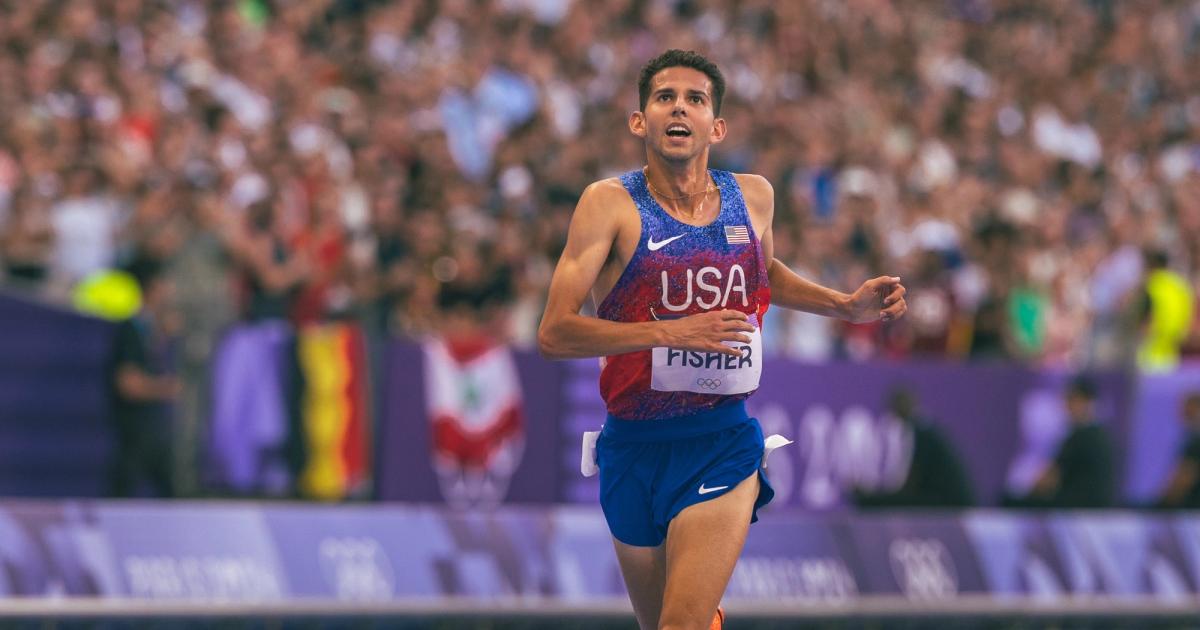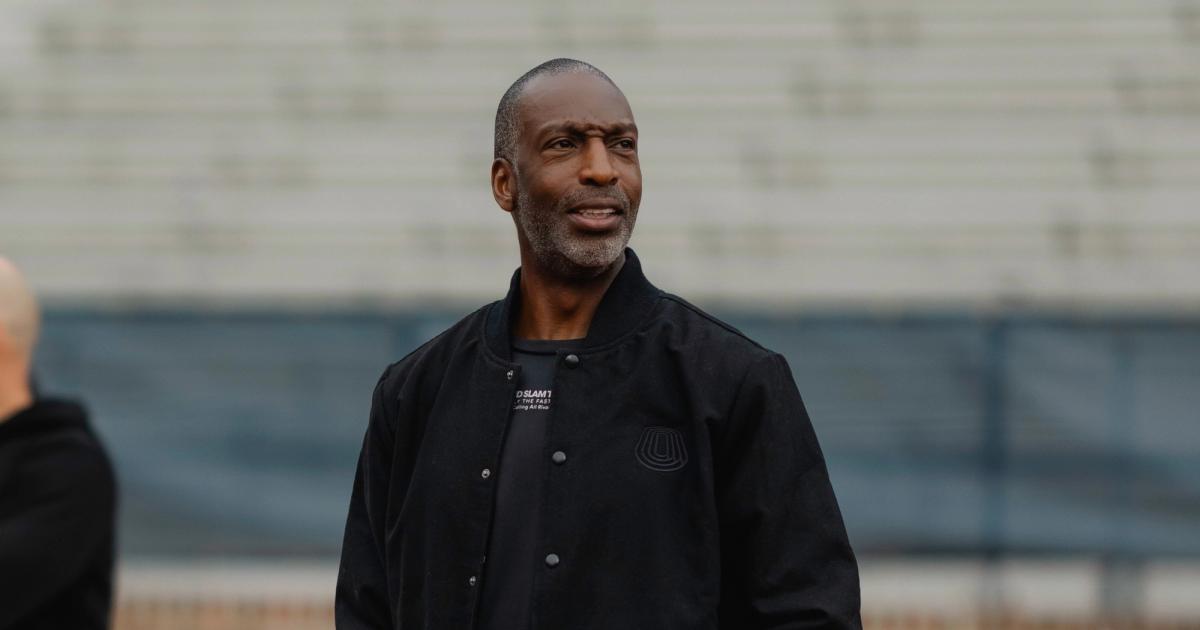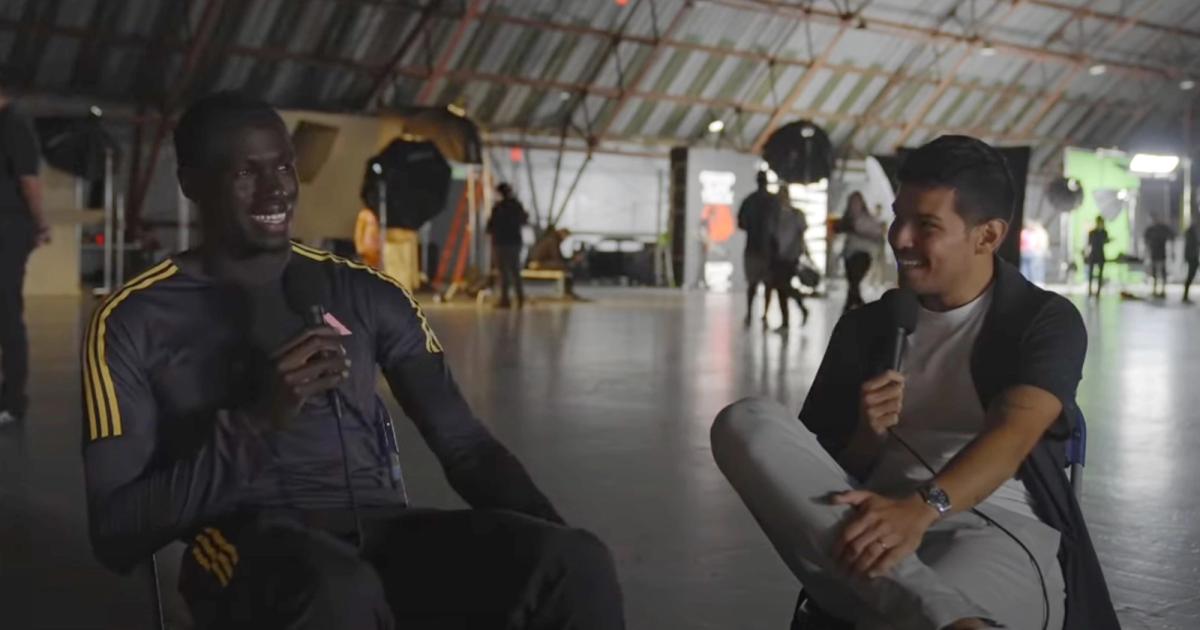By Paul Snyder
April 2, 2025
Wow, has it really been 11 months since Kyle abandoned us departed the Lap Count/CITIUS ecosystem to take on a new role—Director of Athletes and Racing—with the upstart Grand Slam Track league?
Well, Kyle’s third, conceptual, non-human baby, is ready for the limelight. This weekend, all eyes in the track and field world will turn to Kingston for the inaugural Grand Slam Track event. The fields are set, the prize money presumably stacked high on a glistening table, and the fans ready to take in the action.
Here are five questions we’ll be tuning in to see answered this weekend.
How will the locale shape the meet?
Feel free to file this observation under “painfully obvious,” but given that the meet is taking place in Kingston, Jamaica, we can assume that those contesting shorter events are champing at the bit for projected daily highs in the upper-80s. Ideal sprinting conditions, coupled with a National Stadium packed with diehard sprint fans and scores of local athletes they’ll be going berserk for, mean athletes from the long sprint/long hurdles categories on down are going to feel capable of running through a brick wall when they lower themselves into the blocks. This early in the season, however, can their legs keep pace with their ambitions?
Athletes signed on for a 3000m/5000m double, on the other hand, are probably hastily Googling whether or not the TSA will let you take an ice vest in your carry-on. We’ll likely find out who’s been spending time in the ol’ infrared sauna based on who’s willing to take the lead and attempt to draw things out, particularly on day three when we’ll be treated to the men’s 3000m and women’s 5000m.
How will the broadcast be different?
One of the major selling points of the entire Grand Slam Track model is the continuity of storylines. Athletes will race each other enough for compelling narratives to emerge. And given that each Racer and Challengers will line up twice, the talking heads will be able to go deep into the spin cycle right off the bat.
It’s the commentators’ jobs to play into this advantage GST possesses over basically every other track and field product: drum up hype around emerging rivalries, elevate the stakes of each matchup, and introduce new fans to the sport. For better or worse, the broadcast team features a lot of familiar faces, but that doesn’t mean the television product itself has to feel like any other meet.
With GST’s unique format, even established track nuts will need periodic reminders on the overarching rules and prize structure of GST. It’ll be an interesting challenge for GST to harness the visual language of sports broadcasting and commentators’ framing to help viewers understand the two-event scoring system without feeling repetitive or needlessly complex.
Eagle-eyed schedule-scrollers will note that each day’s meet schedule opens up about 40 minutes after the broadcast window opens. That’s far more than the usual pre-race airtime for track and field events, which offers the possibility of the coverage leading up to the meet itself giving the overall package a very different look and feel.
Which Challengers are most likely to come out victorious?
While Kyle did a bang-up job of signing some of the brightest stars in the sport to yearlong Racer spots, the margins between reigning global medalists and those who came up just short are razor-thin. With the same prize money available to all and the added incentive to prove they deserve their spots on the line, the Challengers collectively ought to live up to their title. But we’re especially bullish on these athletes’ chances to win one of their events, if not their category title in Kingston:
Men’s Long Sprints: Christopher Bailey is coming off an indoor season where he exhibited excellent form—to the tune of two World Indoor gold medals. The 400m is an event where you work out the kinks the more you race. Quincy Hall has scratched, and Bailey will be coming in far sharper than Olympic silver medalist Matthew Hudson-Smith, who has yet to race this year. However, even if Bailey takes the full-lapper, he’s basically an unknown entity over 200m, and his 21.58 PB (established six years ago) isn’t like to strike fear into his competitors.
Women’s Short Hurdles: At this point, no outcome in the 100H should surprise you. There’s unbelievable parity at the top in this event, and hurdle races come with an inherent volatility, from, you know, the chance of tripping. Kyle lined up the full Paris podium as Racers, plus Olympic finalist and hometown hero Ackera Nugent. But the Challengers include two former World champs (Nia Ali and Danielle Williams), and when you have hurdlers running a flat 100m that counts for more than an early season rust-buster, who knows what’ll happen.
Men’s Long Hurdles: The Racers are certainly no slouches in this category, but given that Alison Dos Santos is the sole representative of the 400mH’s “Big Three,” it feels like there’s an opportunity for a Challenger to steal their thunder. CJ Allen, Malik James-King, Chris Robinson, and Assinie Wilson have all won big races. Remove the hurdles, and that’s another confounding variable the men in this category must face. Plus, James-King and Wilson will enjoy some home track advantage.
Women’s Long Distance: Agnes Ngetich has run 28:46 on the roads for 10k. In theory, that should probably close the book on this category. But remember, it’s gonna be hot and humid, which has a tendency to take otherwise predictable outcomes and make ‘em wacky. Hellen Ekalale and Ejgayehu Taye are both potentially lethal threats, with road warrior accolades for days (29:30 10k for Ekalale) and insane track credentials (14:12.98 over 5000m for Taye). And in a kicker’s race, Whittni Morgan has shown the ability to surprise against strong fields all indoor season with a fast finish. Bet against a 28:46 woman at your own peril, but don’t downplay the impact the conditions might have on these races.
How will the 800m runners take to the 1500m?
Perhaps the biggest differential in all the paired race categories comes in the Short Distance set, where 800m runners will have to summon up long-since-abandoned cross-country fitness and, in many cases, contest the first serious 1500s of their pro careers.
The male 800m specialists stepping up to the 1500m will likely benefit from a world class pacing job, provided by Yared Nuguse. Of the Short Distance 1500m Racers—Nuguse, Josh Kerr, and Cole Hocker—Nuguse has demonstrated a willingness to string things out, and rather evenly so. Reigning 800m World champ Marco Arop has shown great strength over 1000 meters, but how far up does that extend? And Emmanuel Wanyonyi turned a lot of heads with a dirt track 3:38 at 7000+ feet of altitude, suggesting that the Olympic champ may not be quite the one-trick pony we would have expected.
Meanwhile, the Racer 1500m specialist contingent of Nikki Hiltz, Jess Hull, and Diribe Welteji, plus Challengers Heather MacLean and Susan Ejore, are used to running pretty much flat-out for four laps from years of racing Faith Kipyegon. And the temptation to run the sting out of someone like Mary Moraa—the reigning World champ at 800m who’s never run a 1500m—will be strong. Plus, the 1500m is second in the program for this crew, which means that if Moraa comes away with the win in Friday’s 800m, she’ll have a big ol’ target on her back come Sunday.
Can anyone hang with Salwa Eid Naser?
Eid Naser ran 48.94 this past weekend after an indoor season of weekly whacks at the 500m world best. That’s the fastest ever women’s 400m time ever run in the month of March, so it’s understandably the headline coming into the first Slam. But at the same meet in the Dominican Republic, Eid Naser also clocked a rock solid 22.45 PB over 200m.
The “can anyone hang with her” question seems nuts at face value. Eid Naser’s primary competition should come from athletes like Marileidy Paulino and Gabby Thomas. But remember, meets of consequence historically have not taken place in early April, and even if Thomas and Marileidy come out with guns half-blazing, it’ll take monumental efforts for them to match the form that Eid Naser seems to be opening up her outdoor campaign in.
Will there be other competitors who lean into the earning potential that being really fit in April can bring? That’s something we’ll be watching closely. But the opportunity to bank $100,000 via a mini-peak in the early spring, simmer down, and then ramp back up for Worlds might be too good to pass up, particularly for some Challengers eager to elevate their status and expand their annual income.

Paul Snyder
Paul Snyder is the 2009 UIL District 26-5A boys 1600m runner-up. You can follow him on Bluesky @snuder.bsky.social.




